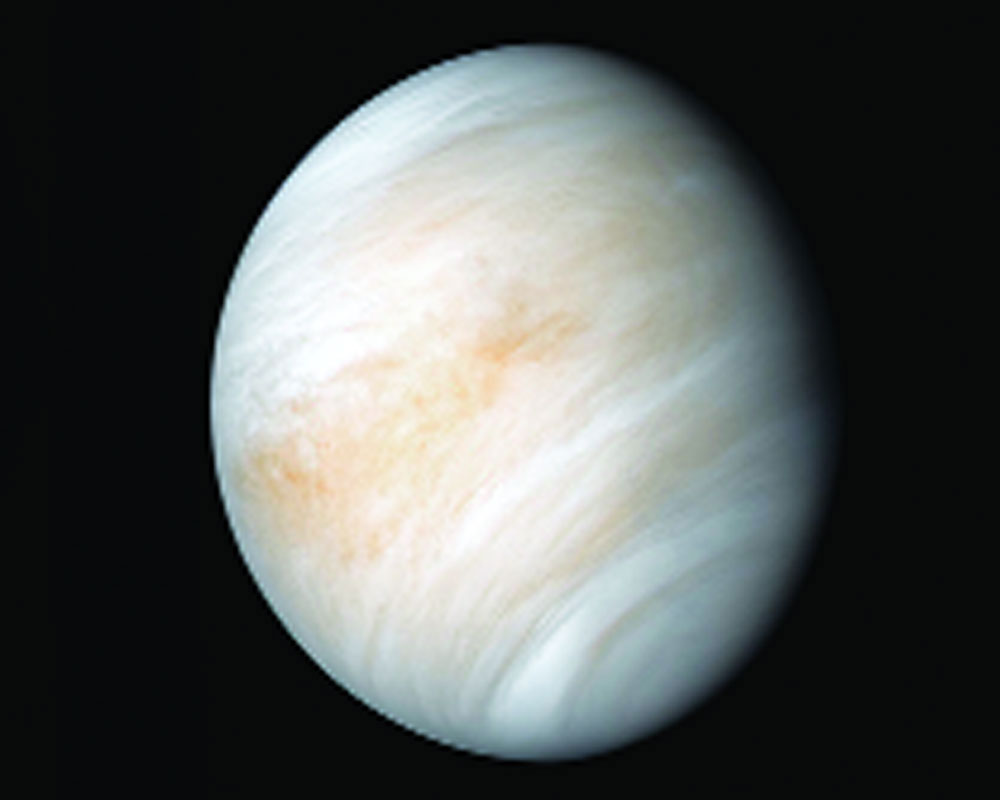There’s proof of life in the unlikeliest of planets, also known for being one of the least explored
For years, the search for extraterrestrial life inside our solar system has always concentrated on the “red” planet Mars. That is because Mars is similar in size to Earth. There is now clear evidence that there was once water on its surface and most importantly, like Earth, it is also in the so-called “habitable” zone, close enough to its star for enough radiation but not so much that life wouldn’t take off. Mars is, therefore, considered to either have life or to have once harboured life and capable of supporting a human expedition. As a result, we are constantly sending probes to Mars and even to its tiny moons. Probes that circle the planet as well as robotic vehicles that have roamed its surface. We actually have a greater grasp of the surface of Mars than we do of the bottom of our oceans. Even now, the aim for mankind, both in real and reel life, is to make Mars the first step on our eventual voyage to the stars.
Venus, the second rock from the Sun, is, however, given as an example of where global warming will take us. A planet benign on the outside but one where every probe sent since the start of space exploration has been dissolved in acid in the atmosphere or fried by the extreme heat that the greenhouse effect has caused. Even though the Soviet Venera programme did land several probes on Venus and many survived a few hours, there was a succession of lens cap failures. As a result, Venus is one of the least explored planets of the solar system, lacking the romanticism of Mars and the grandeur of Jupiter and Saturn, which have both seen billion-dollar spacecraft visit them in the past decade. Yet, the discovery of phosphine in the Venusian atmosphere is an intriguing prospect because the only way for this gas, with three hydrogen molecules attached to one phosphorus molecule, to occur naturally is as a byproduct of biological processes. While the gas can be made industrially by man, that isn’t clearly a possibility on Venus. So, have we been barking up the wrong tree for decades? After all, as the old adage goes, “Men are from Mars and Women are from Venus” and as we all know, women have all the answers. Maybe some strange process creates phosphine on Venus that we are unaware of and we should send a probe or two to the planet we never thought could harbour life. But as we know from Earth herself, life can survive in some really extreme conditions. This time though, let us make sure that the lens caps work.








 OpinionExpress.In
OpinionExpress.In















Comments (0)